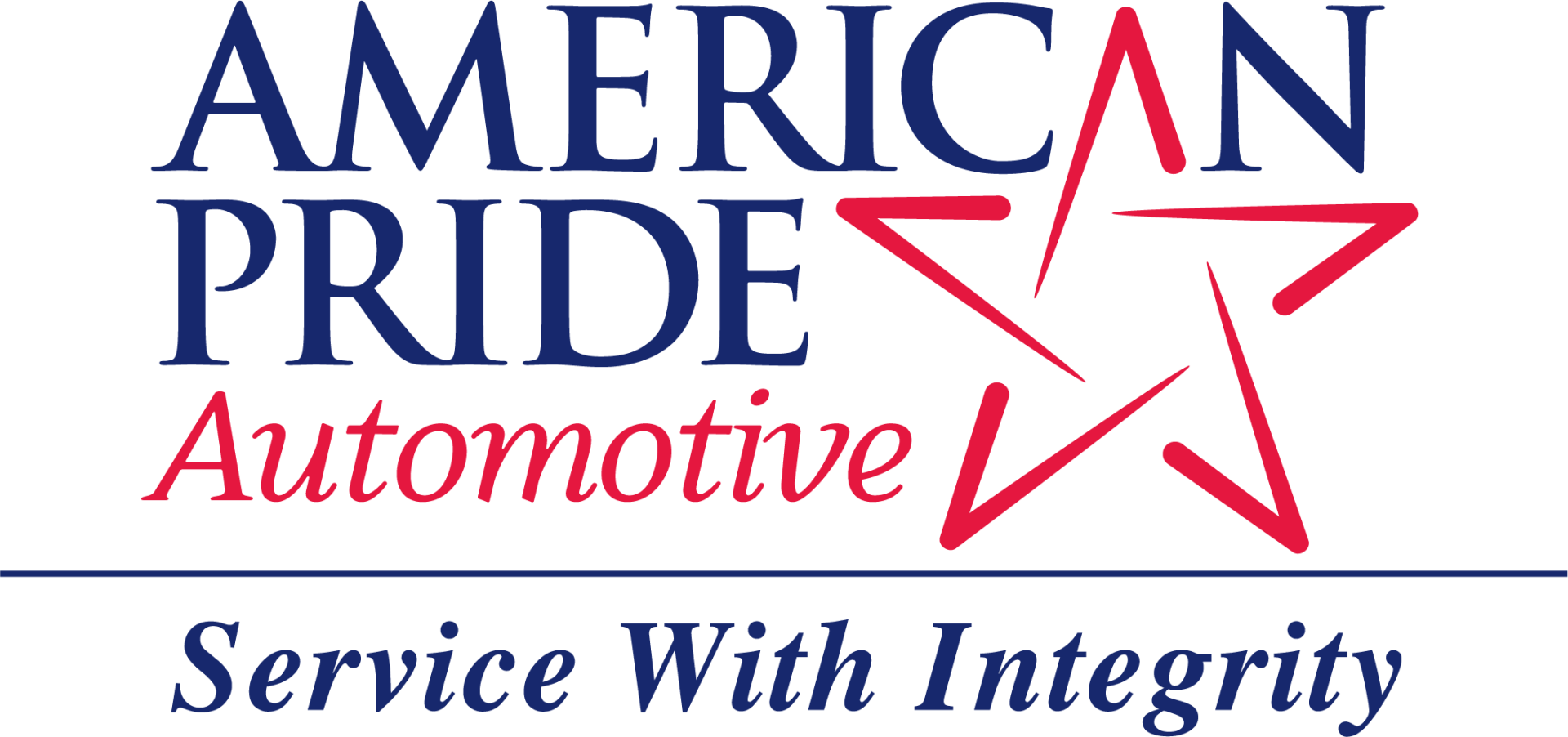DON'T TIRE OF CHECKING YOUR TIRES
American Pride Automotive • July 22, 2014
Did you know that for every 10 degrees (Fahrenheit) the temperature rises, the pressure in your tires goes up 1 PSI (Pounds Per Square Inch). This may not seem significant, but in the summer, when temperatures fluctuate widely between morning and afternoon and vacation miles put extra stress on vehicles, that difference in PSI can mean a lot. It is especially important to check your tire pressure and general tire condition during the summertime.
This is because driving on under or over-inflated tires (the latter is more common when it’s hot) can reduce gas mileage, increase the rate of tire wear, and even make your vehicle susceptible to dangerous blow outs.
CHECK AND INFLATE
We assume that as a responsible car owner, you have a working tire gauge and a basic idea of how to use it. Good! Now make it a point once a month this season (and every season) to check your tire pressure first thing in the morning. In order to get an accurate reading, you have to test the tires when they are “cold.” According toC,G, & J Inc, cold tires are tires that:
have not been driven for more than one mile
have been out of direct sunlight
parked on hot pavement
warmed by hot daytime temperatures
Checking the tires in the morning is indeed the best way to ensure that they are “cold.”
From there, be sure to check the side of the driver’s side door or the owner’s manual for manufacturer recommended PSI. Note: This is different from the Max PSI listed on the driver’s door. For everyday driving, do not exceed the manufacturer recommended PSI. Keeping your tires inflated to that specification saves gas and reduces strain on the suspension system. If you are driving with a heavy load, it may be appropriate to inflate the tires to the max PSI as listed on the sidewall (or to the PSI listed in your owner’s manual for the expected load).
Over the course of the day, especially when it is hot, you can expect your tire pressure to sometimes meet or exceed the max PSI, and that’s okay as long as they start at the manufacturer recommended specification.
Keeping tires inflated to the proper pressure is one of the best things you can to do maintain your vehicle and keep your family safe on the road this summer. Also, don’t forget to make sure that the tires are in good condition.
If you need your tires changed or suspension repaired, call, contact or come into any of our three American Pride Automotive Locations.

You’re driving home at night and it is raining cats and dogs. You can’t see but 20 feet in front of your car, but you’ve slowed down and are being extra cautious, so what could go wrong? Then you feel it. A sinking Cl-clunk. Maybe that “puddle” you saw ahead of you was deeper than just a puddle. Before you know it, your car is stalling in the high water in the middle of the road. Now what? First off, don’t panic. Turn on your hazards and crank the ignition once. If the car starts, make it dry land and pull over to assess the damage. If it does not start the first time, do not try to start it again. Doing so can result in a hydro locked engine and will likely necessitate the rebuilding or replacement of the engine. Unfortunately, if you find yourself stalling in water at all, your vehicle will probably need costly repairs. The best way to avoid water damage is to practice safe and smart driving in wet weather, which brings us to Part 2 of the Everything Auto “Blame it on the Rain” series (Find Part 1 here). Take heed of these severe weather driving tips: 1. TAKE NO CHANCES ON PUDDLES Even if the standing water ahead of you looks shallow enough to drive through, think twice. If the water is “rushing” or if other drivers are making a point to avoid it, don’t assume that your vehicle is the exception. Additionally, you never know the hazards that lay at the bottom of a puddle. Hidden potholes or debris can pierce your tires and jostle your alignment and suspension system. 2. IF YOU MUST TAKE A CHANCE, TAKE IT SLOW AND STEADY When you deem it necessary and safe to drive through water of questionable depth, go slowly. Speeding through a puddle, even a shallow one, can splash water into your vehicle’s intake and critically harm the engine. Like we mentioned last week, after driving through standing water, lightly tap your brakes to make sure they aren’t saturated and to dry them off. 3. KEEP A ROADSIDE EMERGENCY KIT HANDY Sometimes, no matter how careful you are on the road, accidents and vehicle malfunctions happen, especially in wet severe weather. That’s why it is extremely important to keep emergency supplies ready in the trunk for the worst case scenario. You can buy a preassembled one, but it is cheaper (and more rewarding) to assemble your own. What should you include? Edmunds.com provides an excellent comprehensive list of items, a few of which include: 12-foot jumper cables Four 15 minute road flares Two quarts of oil A gallon of antifreeze A first-aid kit. Find the rest of the list here We hope that this series has given you helpful safety insights and tips for driving in the rain! Remember that American Pride Automotive is always here to help and ready to answer any and all of your auto repair and maintenance questions! Call or contact us today.
